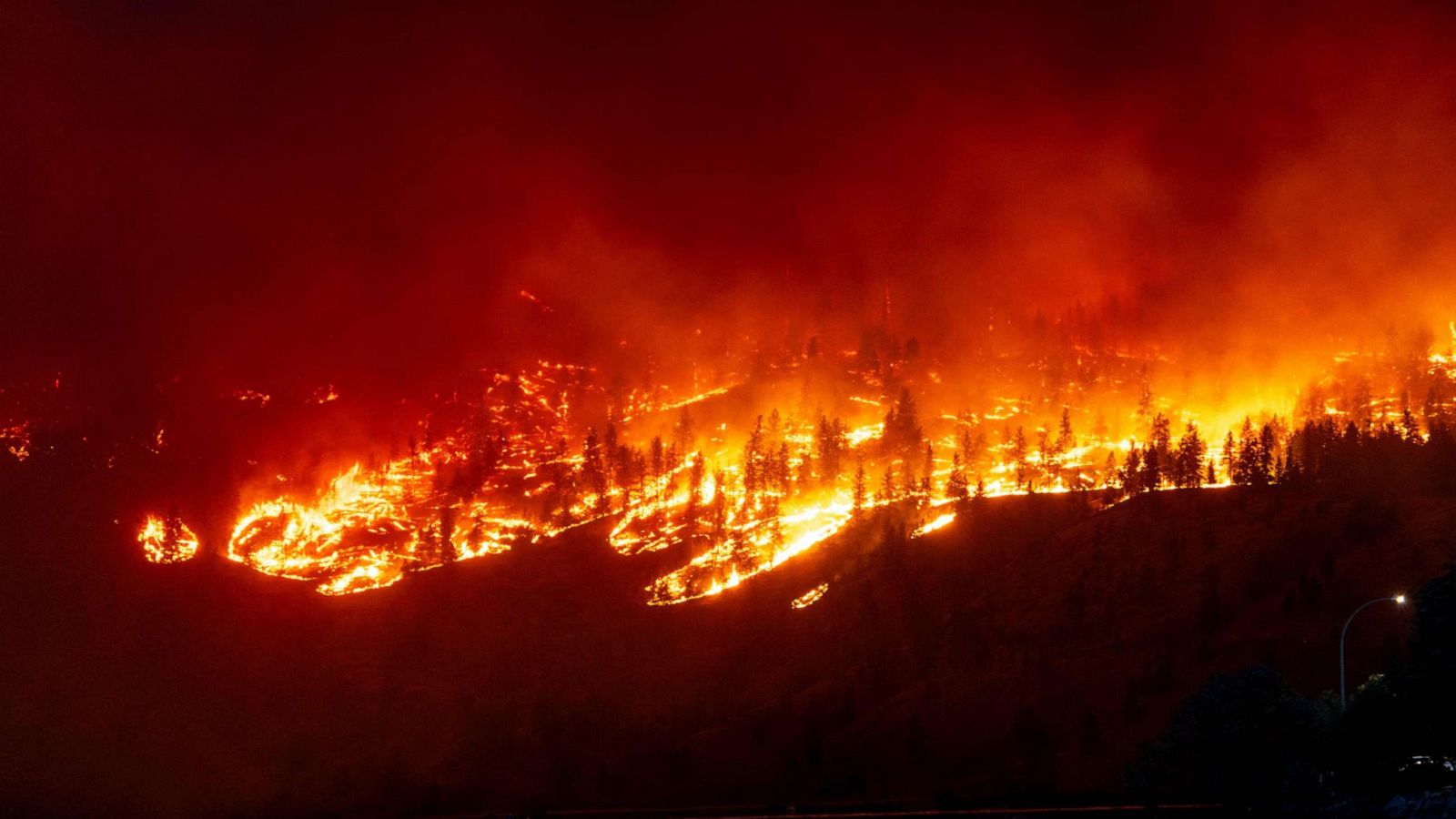
Wildfire News in the USA: What You Need to Know
| Understanding Wildfires: Causes and Impacts | Before diving into the latest wildfire reports, let’s take a closer look at what causes wildfires and their far-reaching impacts. |
| What Causes Wildfires? | Wildfires are often caused a combination of natural and human-made factors. Lightning strikes are one of the most common natural causes. However, human activities like discarded cigarette butts, campfires left unattended, and even sparks from vehicles can spark fires. Additionally, dry conditions, high winds, and rising temperatures can quickly turn a small spark into an uncontrollable inferno. |
| The Environmental Impact of Wildfires | While wildfires are part of the natural ecosystem, allowing forests to regenerate and providing habitats for certain species, they also cause immense environmental harm. Wildlife is displaced, forests are destroyed, and soil erosion can lead to long-term degradation. The air quality deteriorates due to the smoke, affecting both the immediate and surrounding areas. |
| The Economic Toll of Wildfires | Wildfires not only ravage nature but also hit the economy hard. They can destroy homes, businesses, and infrastructure, costing billions of dollars in recovery efforts. The tourism industry also suffers, particularly in areas known for outdoor activities. Insurance companies bear a huge financial burden, and often the costs extend to rebuilding entire communities. |
| Current Wildfire Situation in the USA | The United States is facing an intense wildfire season. From the West Coast to the East Coast, fires have been burning across vast areas, often with catastrophic consequences. |
| Major Wildfires Burning Across the Country | As of 2024, several major wildfires have been reported across the country. California continues to grapple with some of the most dangerous and destructive fires, but other areas are also facing increasing threats due to climate change and dry conditions. |
| Wildfires in California: A Persistent Threat | California has been battling wildfires for years, and 2024 is no different. The state’s dry climate, combined with an abundance of vegetation, makes it a hotspot for wildfires. The state government has spent billions of dollars on firefighting efforts, but the fires seem to get worse every year. The 2024 fire season has already seen several large blazes that have displaced thousands of people. |
| Fires in the Pacific Northwest | The Pacific Northwest, including Oregon and Washington, is also experiencing an uptick in oktoday.us. These regions, known for their lush forests and moderate climate, are now seeing more frequent fires, especially as summer temperatures rise. The 2024 season has already seen several large fires in these areas, and firefighting teams are stretched thin. |
| How Are Wildfires Managed in the USA? | Managing wildfires requires a massive coordinated effort. Local firefighters, federal agencies, and even private contractors work together to battle the blazes. Let’s take a closer look at how wildfires are fought. |
| Role of the Forest Service and Local Firefighters | The U.S. Forest Service (USFS) is one of the primary agencies responsible for managing wildfires on public lands. They collaborate with state and local fire departments, creating an integrated approach to wildfire management. Local firefighters are often the first responders, working tirelessly to protect homes and businesses. |
| How Technology is Helping to Control Fires | Technology plays a crucial role in modern firefighting. Drones, satellites, and advanced weather models are used to predict fire behavior and guide firefighting strategies. Aerial firefighting techniques, such as dropping fire retardant or water, have also become more effective with new technology. |
| Wildfire Prevention and Safety Measures | Prevention is key to reducing the devastating effects of wildfires. While not all wildfires can be prevented, there are steps that can be taken to minimize the risks and keep communities safe. |
| Steps You Can Take to Prevent Wildfires | If you live in an area at risk for wildfires, there are several actions you can take to reduce the chances of a fire starting. These include clearing brush around your home, creating defensible spaces, and following local fire regulations. Simple precautions like properly extinguishing campfires and not tossing cigarette butts into dry grass can save lives. |
| How Communities Are Adapting to Fire Risks | Communities are becoming more proactive in wildfire prevention. Local governments are investing in fire-resistant infrastructure, creating fire breaks, and encouraging homeowners to clear debris. Some states, like California, have introduced building codes that require homes to be constructed with fire-resistant materials. |
| The Future of Wildfire Management in the USA | As wildfires become more frequent and severe, it’s clear that new solutions are needed to manage them effectively. |
| Climate Change and Wildfire Frequency | Climate change is a major factor contributing to the increase in wildfire frequency and intensity. Rising temperatures, prolonged droughts, and changing precipitation patterns create the perfect conditions for wildfires. As the planet continues to warm, it’s likely that wildfires will become an even more pressing issue in the years to come. |
| Innovations in Firefighting Technology | The future of wildfire management lies in innovation. New technologies, such as artificial intelligence, machine learning, and better predictive models, will allow firefighters to act more quickly and efficiently. Additionally, there’s hope that controlled burns and advanced fire suppression systems will help limit the spread of fires in the future. |
| Conclusion: A Growing Crisis and What We Can Do | Wildfires are a growing crisis in the United States, and they’re not just a seasonal problem – they’re becoming a year-round issue. While firefighting techniques and prevention measures are improving, the battle against wildfires is far from over. The combination of climate change, urban expansion, and human activity makes it clear that wildfires will be a persistent threat for the foreseeable future. But there’s hope. By taking proactive steps to protect our homes, communities, and environments, we can mitigate the effects of wildfires and reduce their destruction. |
Related Posts
Orlando, USA News: Latest Updates and Key Stories
Indian Embassy in the USA: Latest News and Updates

